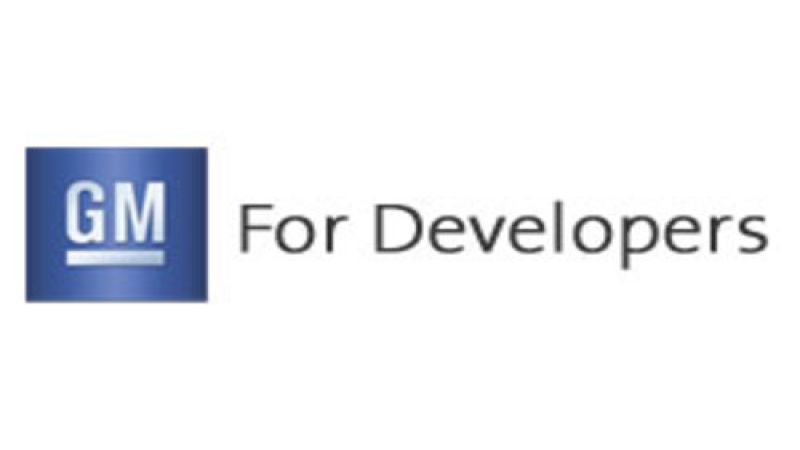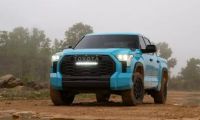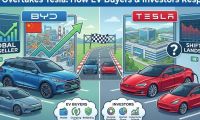On Tuesday, GM was at the Consumer Electronics Show announcing a developer API program that will allow drivers to install new App's into the vehicle infotainment system, or to remotely access vehicle data.
The application framework released by GM provides developer API's for both "Remote" access to vehicle data, via OnStar, and "In-Vehicle" API's for direct interfacing with the vehicle and its systems. Applications using the In-Vehicle API are hosted on the vehicle infotainment system, while applications using the Remote API would be in a smart phone or web service.
The implementation of these applications will begin with infotainment systems for 2014 model year GM cars. There will be a catalog of available applications (GM, do you want to use the phrase "app store"?), and these apps will be designed specifically for the in-vehicle experience.
At CES, GM demo'd an application catalog including iHeartRadio, TuneIn, Slacker and The Weather Channel applications. The catalog is not yet available in GM vehicles, as this won't be ready until the 2014 model year. The list of available applications should grow as developers adopt the new application framework.
Also at CES, Ford announced their own developer API program; see Ford opening SYNC AppLink, increasing smart phone usability in cars
“There will be a category of apps that will be unique to our cars and very different from what people use today on their smartphones or tablets,” said GM Chief Infotainment Officer Phil Abram. “It’s not just taking phone apps and making them function in a car, which most car companies do in some form now. Instead, GM may approve applications that stem from vehicle ownership. For example, customers can choose to download applications that assist them in driving more safely or in a more fuel efficient manner, possibly decreasing the costs of vehicle ownership.”
Application developers register with GM at developer.gm.com, and then submit application designs to GM for approval. Once an application is tested and approved (by GM) it will be available through the application catalog. “GM customers will soon be able to personalize and update the apps in their vehicles,” said Abram, “compared to today, when you purchase a vehicle and the infotainment features are fixed and remain the same throughout the ownership experience.”
Following the 2014 model year rollout, the application framework will be made available over time on global brands, increasing the opportunity for local customization. That way cars can more easily be made relevant in local countries, by local application developers writing applications for their local market.
The in-vehicle Apps will be written using HTML5 and JavaScript, which is the sort of modern technology used in many smart phone applications today. This in turn requires that the infotainment screen be built using modern web browser, and it may mean that 2014 model year GM vehicles will include a full web browser on the infotainment system.
The Remote API connects to the car over the Internet and uses a REST-style API to retrieve data and send commands.
“We have designed our SDK so that developers only have to write the software code once to address the entire population of vehicles and end users,” said Abram. “Developers can repurpose existing tools and code from existing projects as long as they’re consistent with applicable licenses. Our app policies will also provide flexibility in how developers can design commercial aspects of their apps as well.”
The developer.gm.com portal is where developers submit their applications to GM, and contains a discussion area where developers can ask questions of technical specialists.











